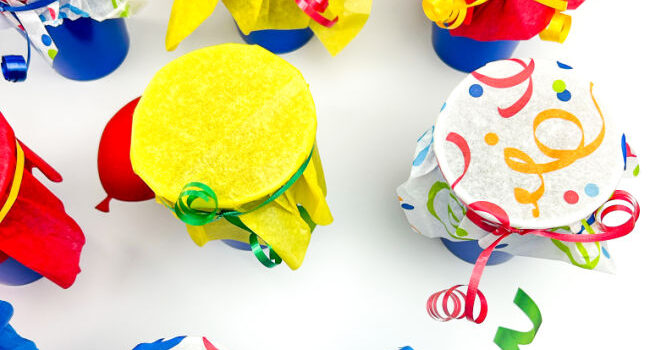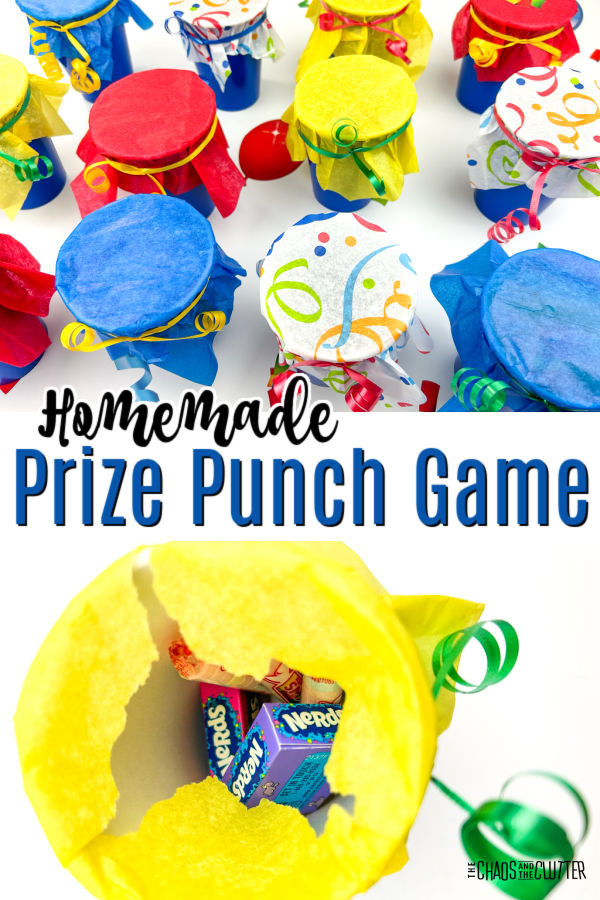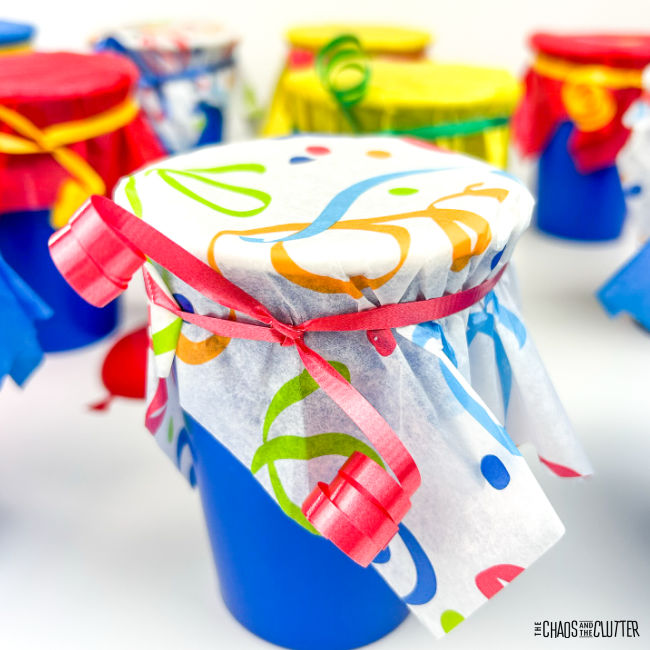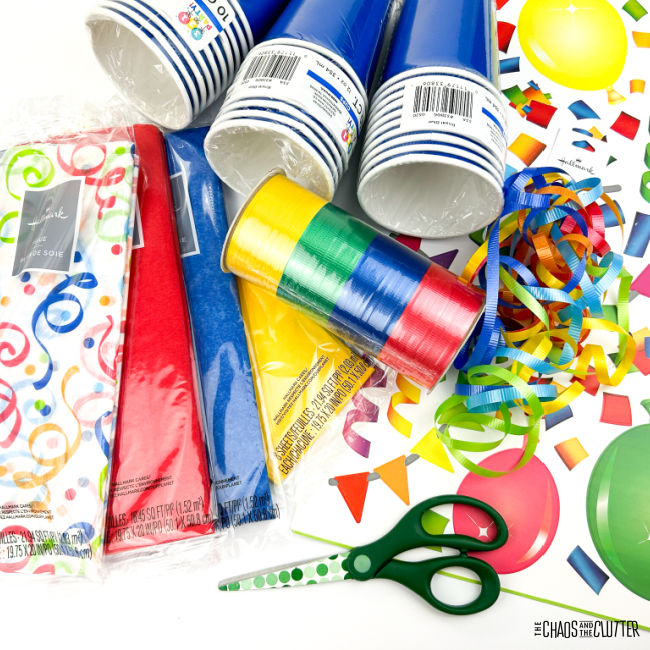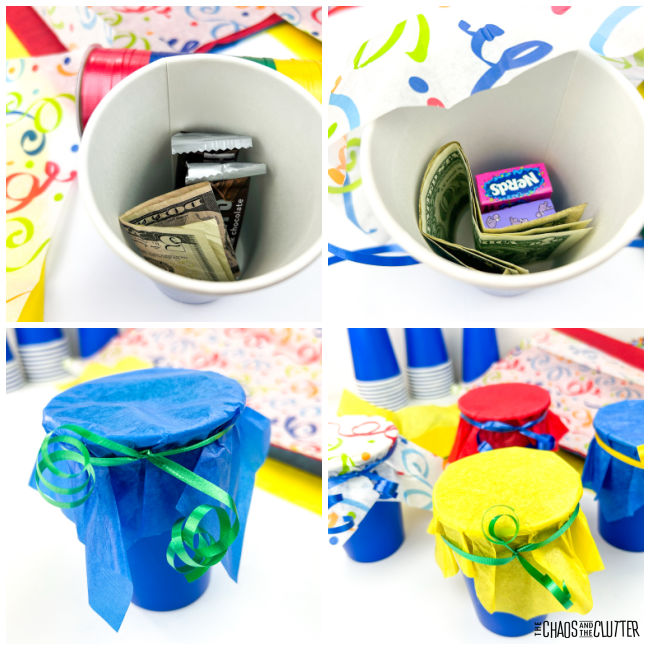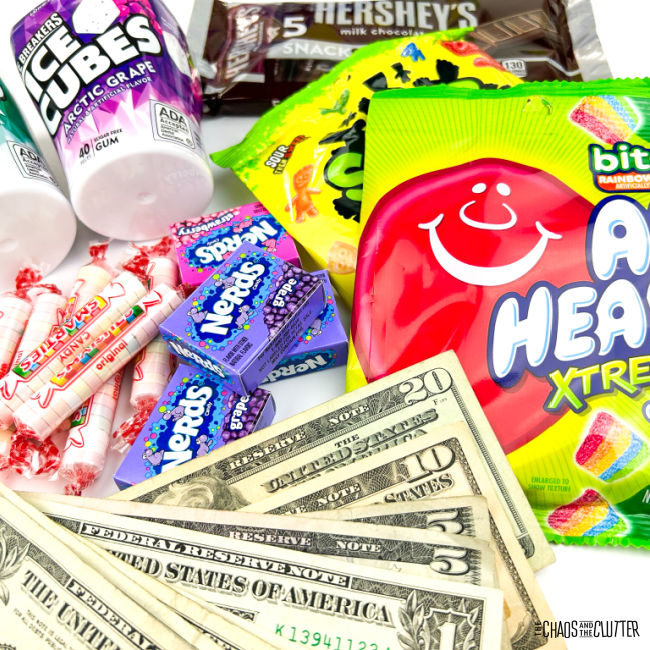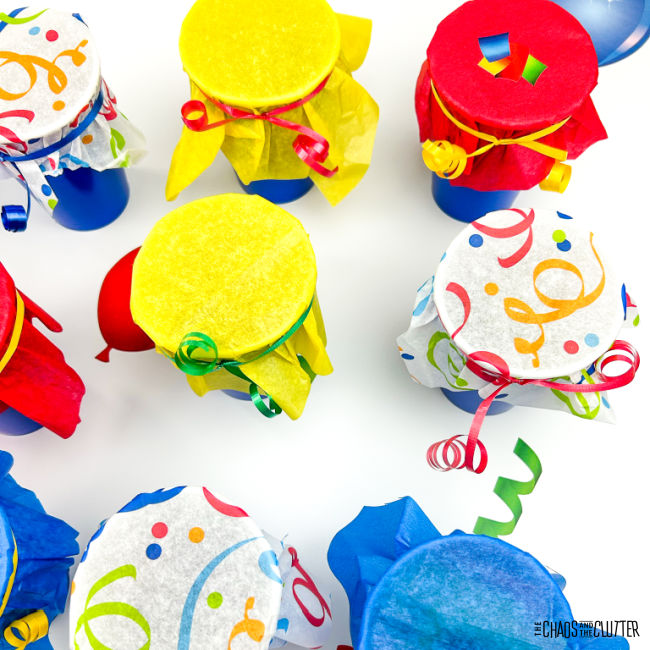Having taste safe sensory play recipes creates a wonderful opportunity for toddlers and preschoolers to create. With just 3 ingredients, this pudding playdough is easy to make and it’s completely edible.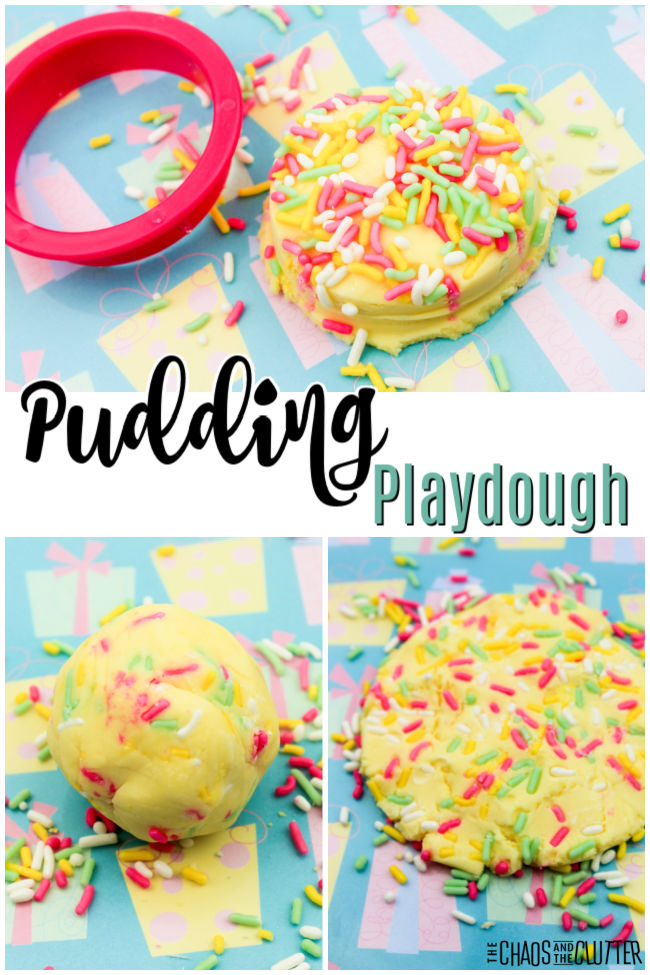 Kids can mould and shape to their heart’s content. It’s such a fun activity.
Kids can mould and shape to their heart’s content. It’s such a fun activity.
We love creating taste safe sensory play recipes like our Edible Shark Fluffy Slime, Condensed Milk Edible Paint, or Edible Freezie Painting.
Pudding Playdough Recipe:
Supplies needed:
- ¼ cup vanilla flavored instant pudding mix (note: if you purchase the 3.4 oz. box, you will have some left over to make a second batch)
- 1 cup cornstarch
- ⅓ cup warm water
- mixing bowl
- mixing spoon
- candy sprinkles (optional)
- cookie cutters (optional)
Instructions:
- Add the pudding mix to the mixing bowl.
- Add half of the corn starch to the bowl.
- Pour in the water.
- Stir to mix the dough.
- Add in the other half of the corn starch.
- Mix well.
- Finish by kneading the dough with your hands until you get the desired consistency. The dough should feel soft to the touch when you start mixing and should not be sticky.
- If you find that your dough is sticky, add more corn starch.
If you want, you can add the candy sprinkles to the dough.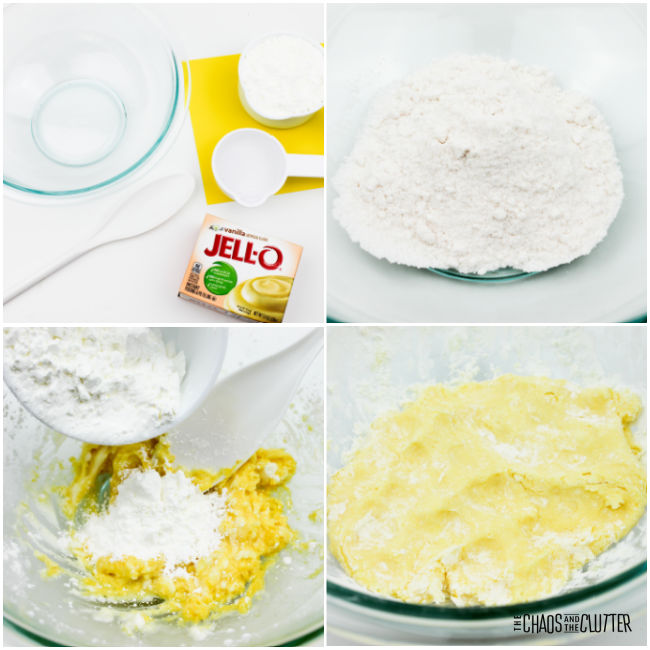
Your child can play with the playdough on the table or on a plastic play mat for easy cleanup.
You can set out cookie cutters to add a fine motor element to the playdough station.
When done playing, store any leftover dough in an airtight container in the fridge.
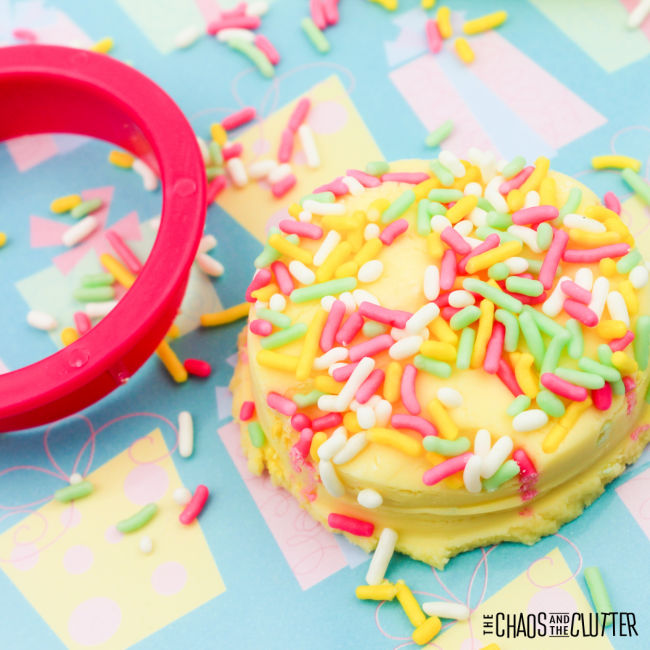
Sensory Benefits:
The dough naturally smells of vanilla because of the vanilla pudding mix, so there are many sensory elements to this playdough. It gives tactile (touch), olfactory (smell), proprioceptive from the squeezing and squishing of the dough, and gustatory (taste) sensory input.
Why use taste safe playdough?
The high salt content in regular playdough can be dangerous when eaten. For young children who are at that age and stage of putting everything in their mouths or for older kids who have a hard time understanding not to eat the dough, taste safe dough provides a wonderful alternative.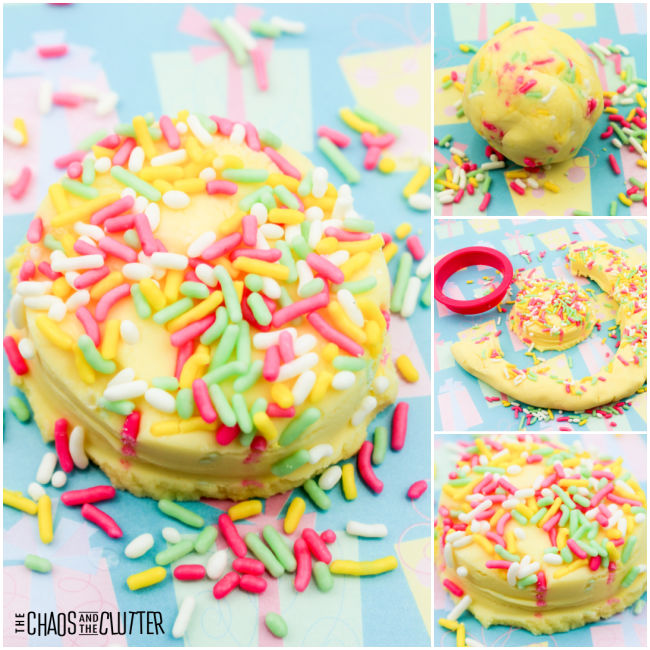 The ingredients are ones that you may already have in your pantry which is another benefit to choosing to make this edible pudding play dough.
The ingredients are ones that you may already have in your pantry which is another benefit to choosing to make this edible pudding play dough.
Variations on this pudding playdough recipe:
- Use lemon pudding mix, chocolate pudding mix, or butterscotch pudding mix to change the flavour and the colour.
Looking for more awesome sensory play recipes for kids? You can grab a free sample chapter of our Sensory Play Recipes eBook here.
Check out some of our other taste-safe play recipes:
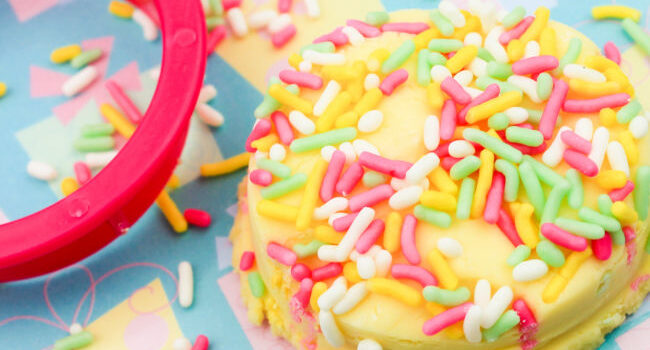
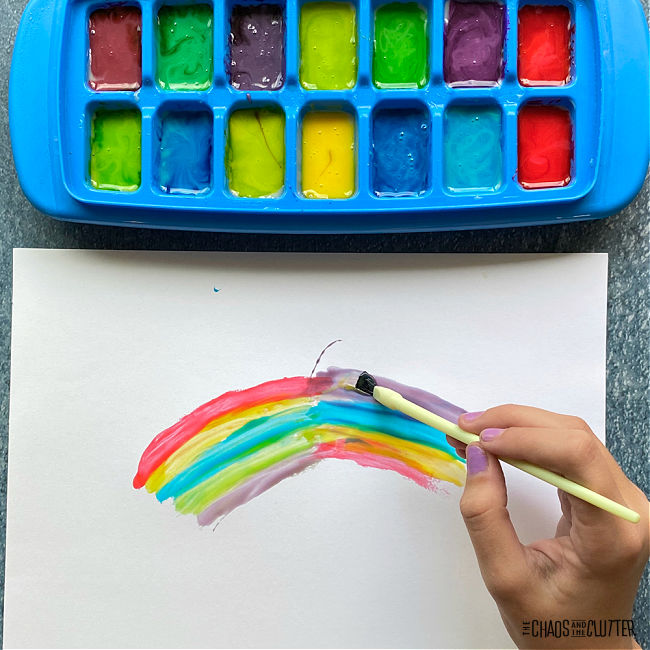
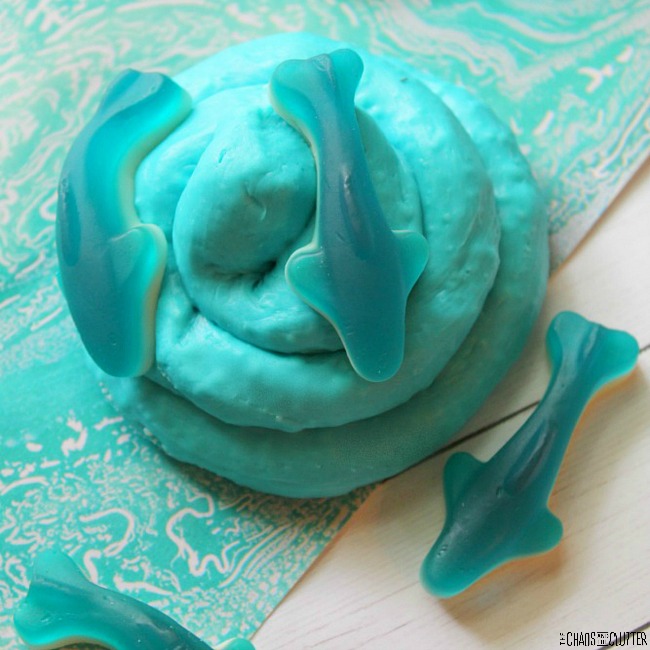
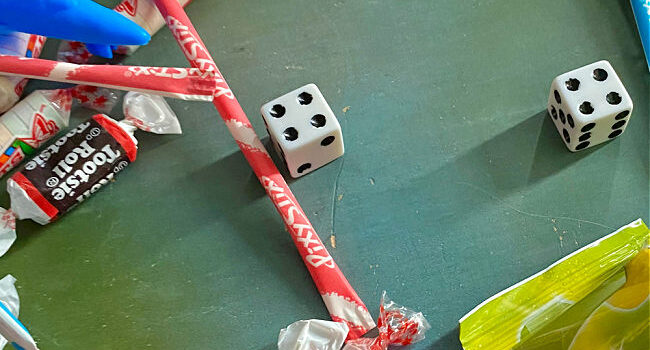
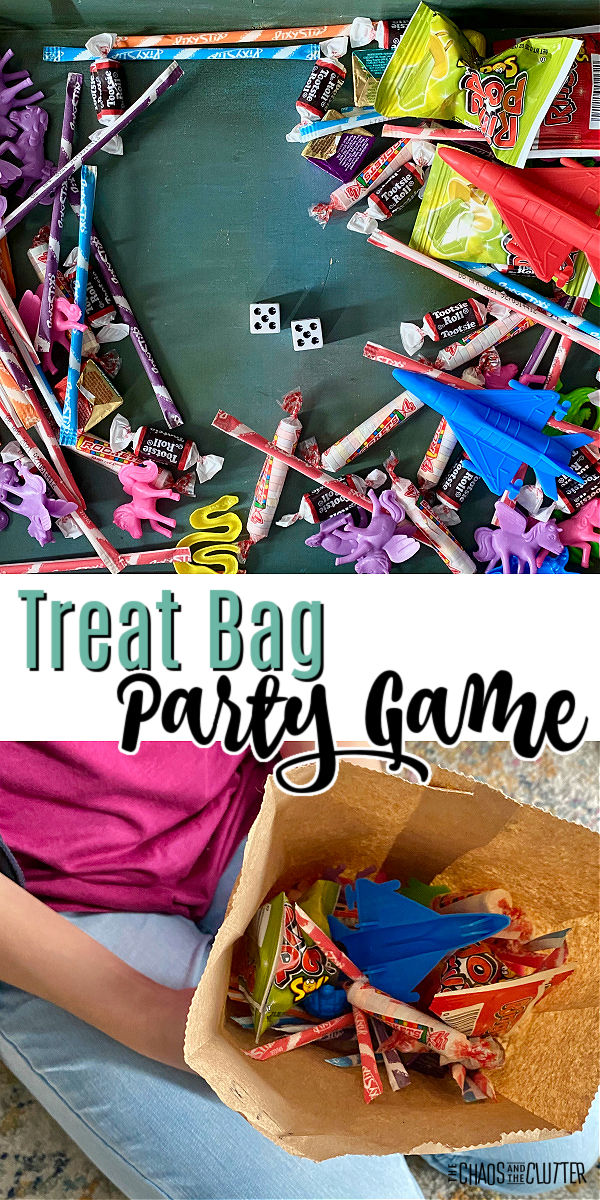 Growing up, there were always loot bag (also known as treat bags or party favors) at our birthday parties. It’s something that I continued doing for my own kids, but I noticed that over the years, they became more expected and seemingly less appreciated by party guests.
Growing up, there were always loot bag (also known as treat bags or party favors) at our birthday parties. It’s something that I continued doing for my own kids, but I noticed that over the years, they became more expected and seemingly less appreciated by party guests. 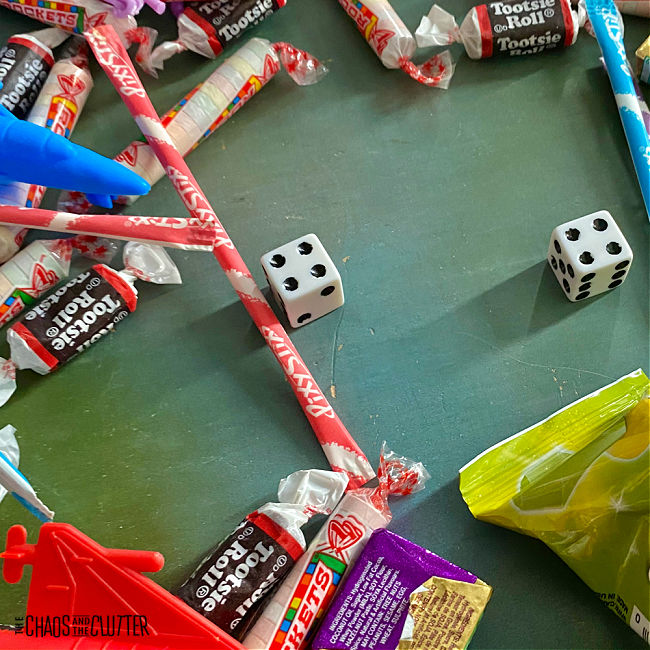 It also creates another party activity that helps pass the time. And if you’re a parent, you know that that can be a very important thing on those party days!
It also creates another party activity that helps pass the time. And if you’re a parent, you know that that can be a very important thing on those party days!
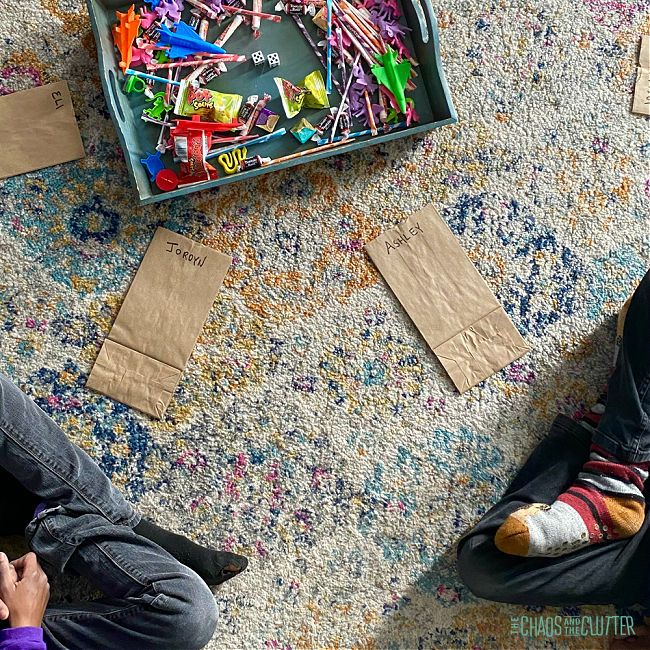
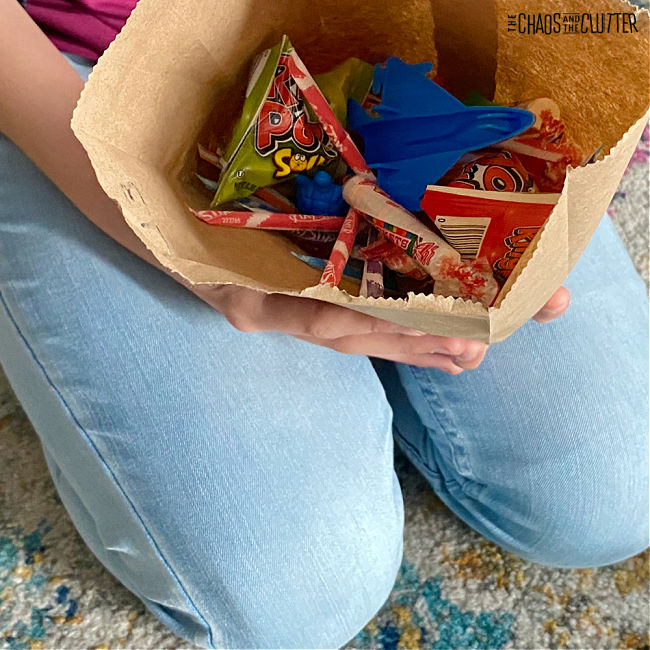
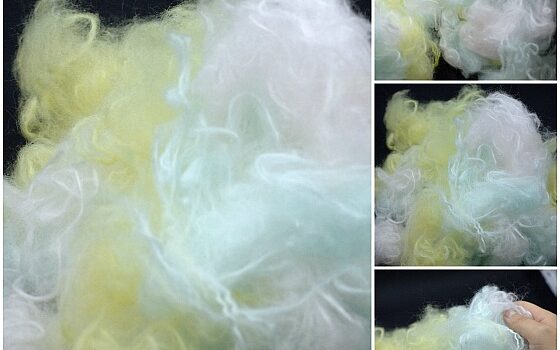
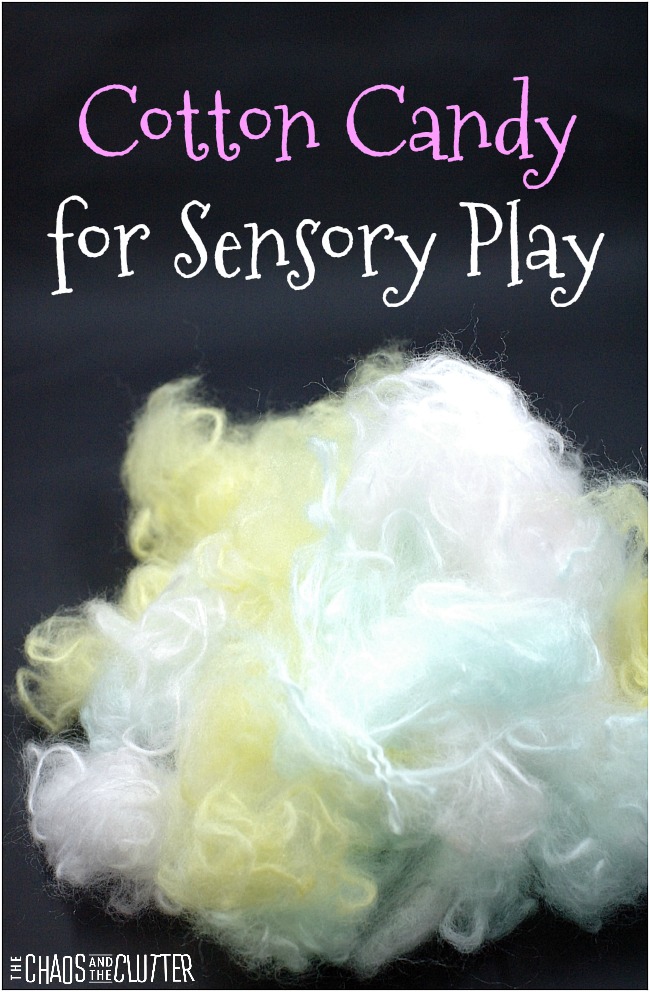 How to make fake cotton candy for sensory play:
How to make fake cotton candy for sensory play: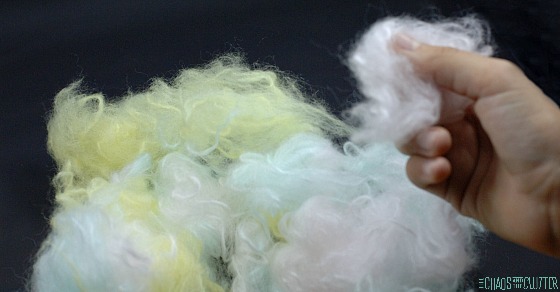 This sensory cotton candy would be so cute in a carnival or circus themed sensory bin!
This sensory cotton candy would be so cute in a carnival or circus themed sensory bin!
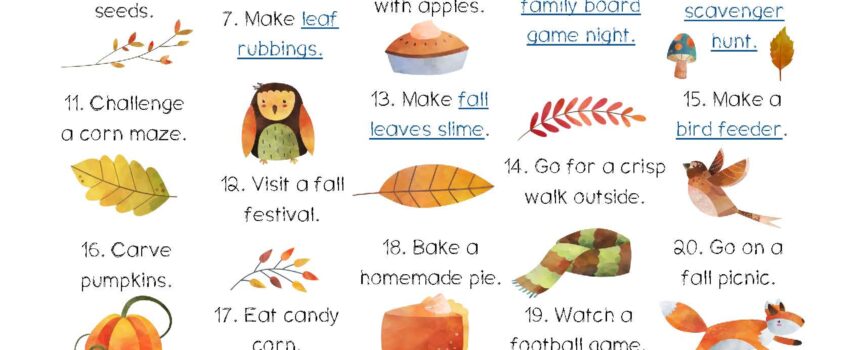
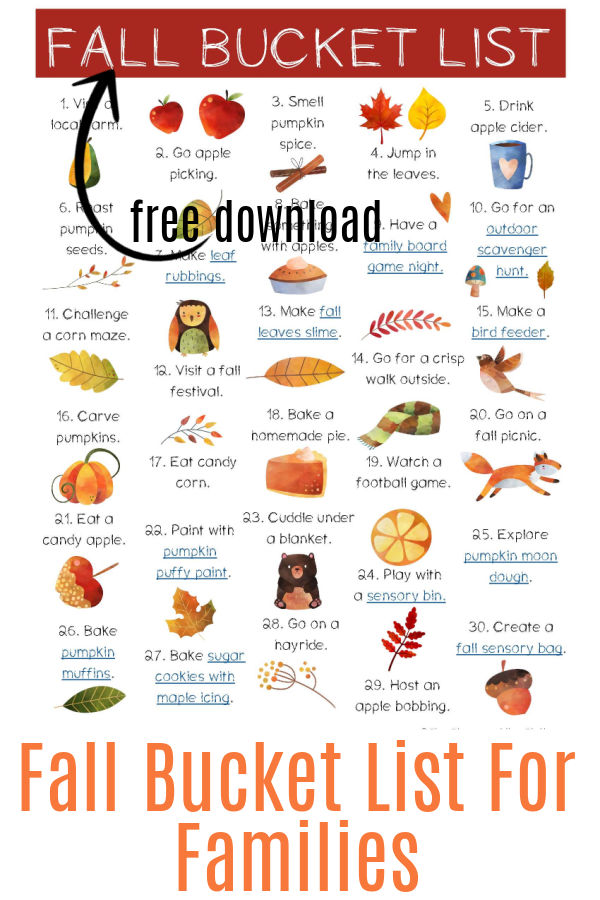 I chose activities for this list that were a good mix of things you can do at home and things to do in your community. I also tried to incorporate the use of as many of the senses as I could.
I chose activities for this list that were a good mix of things you can do at home and things to do in your community. I also tried to incorporate the use of as many of the senses as I could. 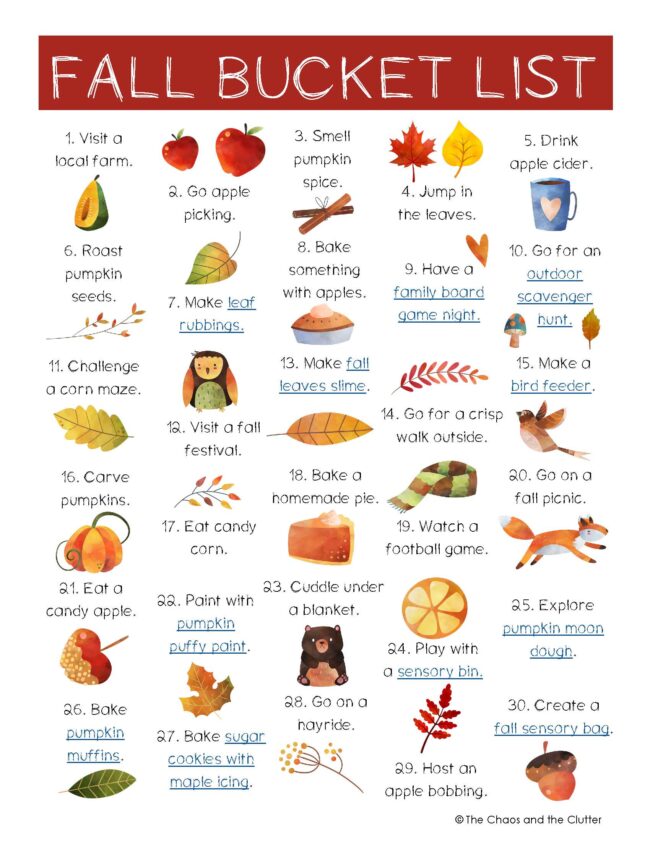 Download your free fall bucket list today simply by entering your email address below.
Download your free fall bucket list today simply by entering your email address below. 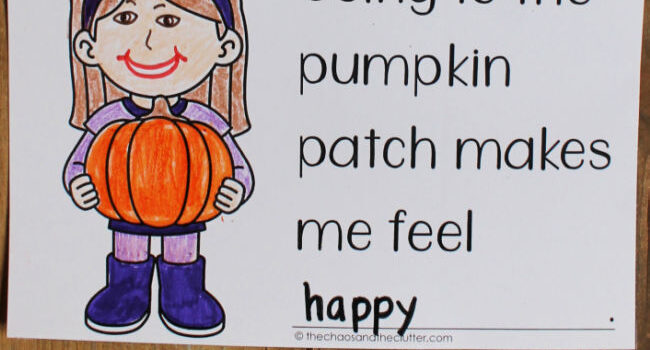
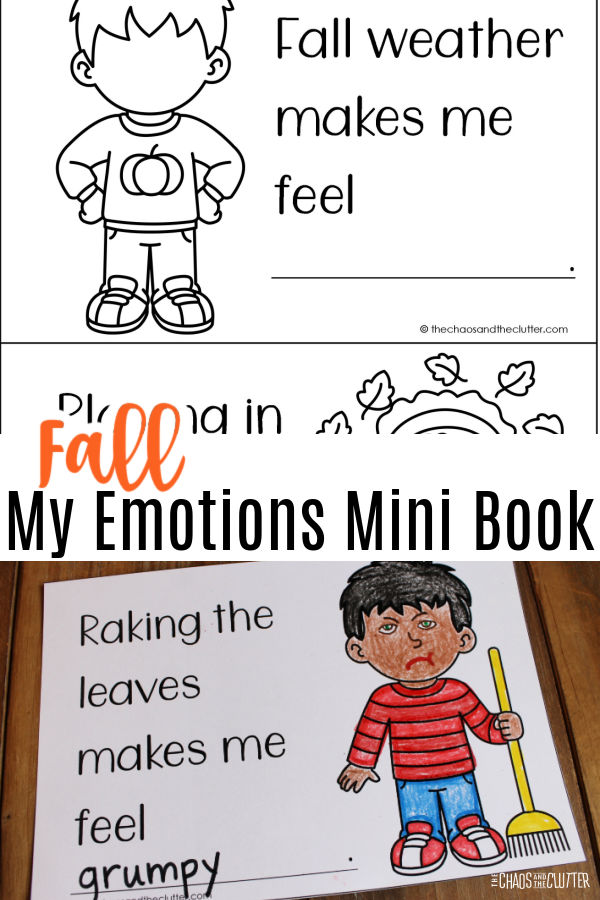
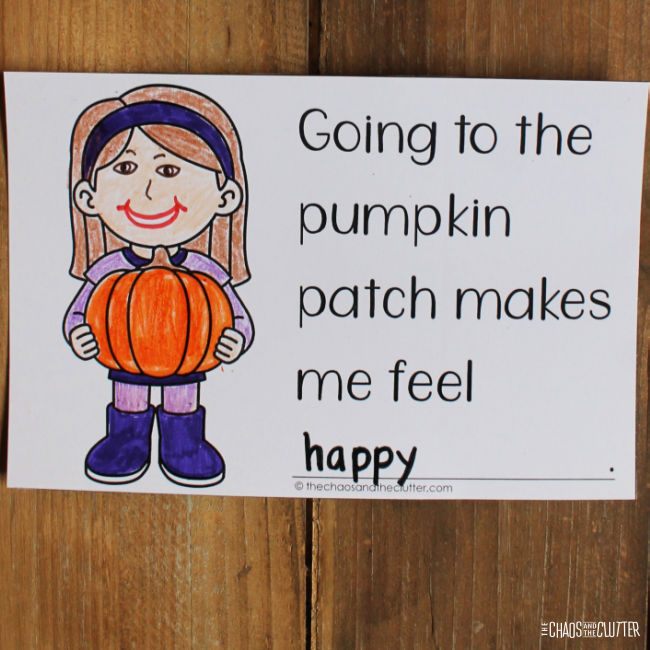 For some students, it may be easy to think of things they like about winter and they may need some prompting. For others, it may be their favourite season and they may need help to come up with things they don’t like!
For some students, it may be easy to think of things they like about winter and they may need some prompting. For others, it may be their favourite season and they may need help to come up with things they don’t like!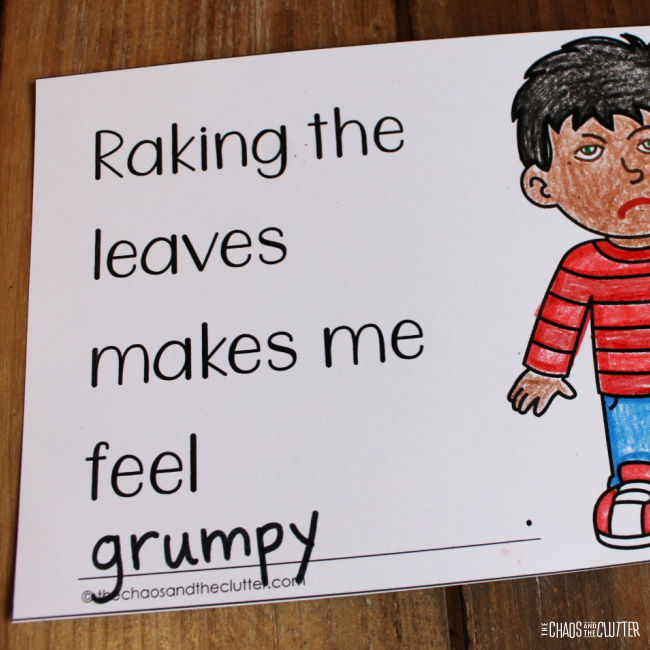
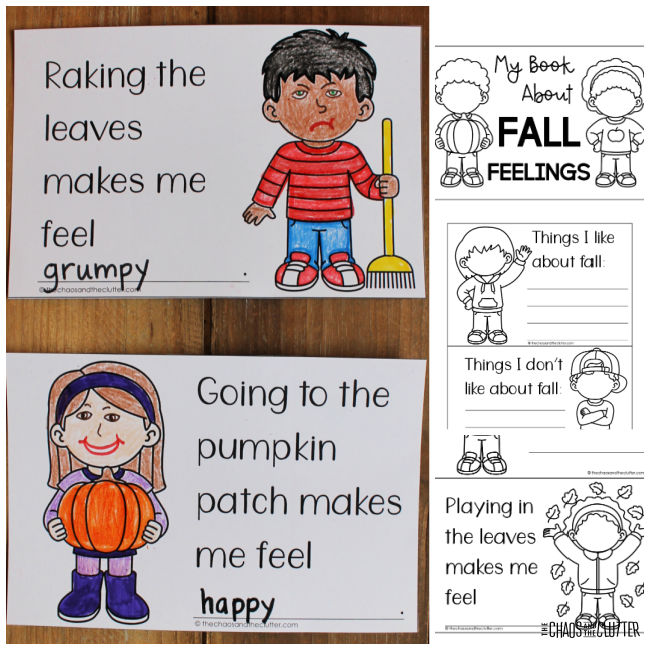 After your child or student has filled out their booklet, it’s a great time to sit down with them and debrief. If there are some seasonal scenarios that seem to have potential to cause them some distress, together you can brainstorm ways they can better manage those feelings if they arise.
After your child or student has filled out their booklet, it’s a great time to sit down with them and debrief. If there are some seasonal scenarios that seem to have potential to cause them some distress, together you can brainstorm ways they can better manage those feelings if they arise. 